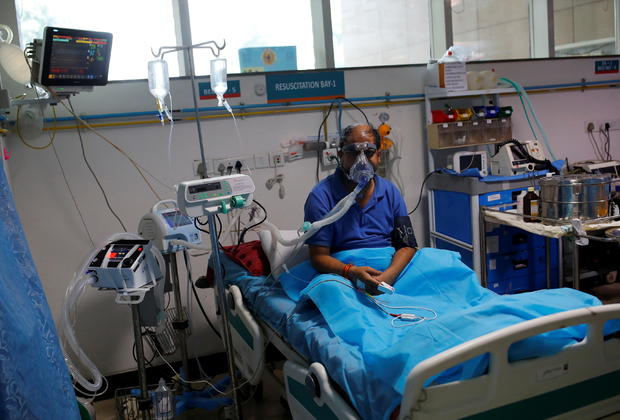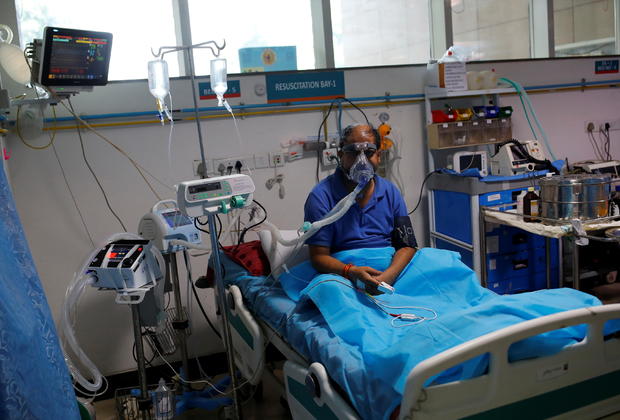New York doctor sends ventilators to India to help with COVID-19 surge
India released grim new daily COVID-19 figures on Sunday, reporting more than 400,000 new cases and 4,000 new deaths in what has become the world’s worst surge of the coronavirus . Among those trying to help is a doctor from New York, who’s sending over some of the supplies that helped his state survive its own catastrophic surge.
There was a welcome sight at Mumbai International Airport tarmac as a shipment of much-needed medical aid and life-saving supplies arrived. Among them were ventilators that have been hard to come by.
It’s a crisis playing out across India, where desperate families are turning to oxygen clinics on the street while those in need of ventilators wait in ambulances outside overwhelmed hospitals.
“It is just like what we were dealing with last year in New York,” said Dr. Ash Tewari of Mount Sinai Hospital. “Last year, we were getting all the supplies. People were coming to help us out.”
Tewari is the chairman of Mount Sinai’s urology department. He’s helping pay it forward by sending hospitals in India some of the same ventilators Mount Sinai received at the height of New York’s COVID outbreak.
Twenty-five ventilators were a part of this delivery, as were 100 sleep apnea machines with kits to convert them into ventilators.

The effort came together with the help of actor and philanthropist Anupam Kher whose philanthropic network is helping coordinate the distribution across India.
“There are people who are poor, who cannot afford ventilators, who cannot afford medical help. So I think the gesture by Dr. Tewari is going to go far,” Kher told CBS News.
The mission hits close to home for Tewari. He’s a COVID survivor and was born and raised in Kanpur, India. He recently lost a childhood friend to COVID.
“[The family] tried two hospitals and they couldn’t get a ventilator. And within an hour he was just a memory for me,” he said. “And if it was because of the ventilator, I thought this is something we can do.”
His hope is for other hospitals in the U.S. to follow suit and send supplies. Each device, one potential life saved.
